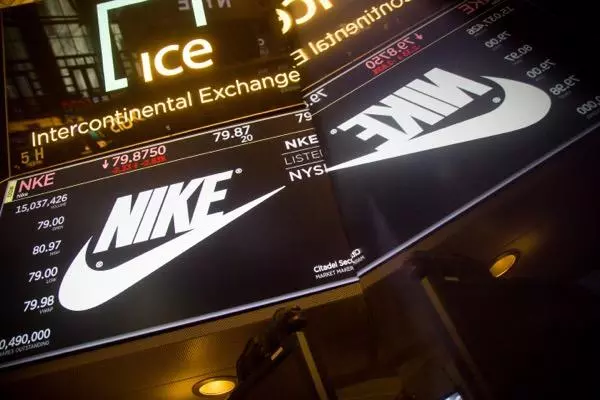See more forex live prices
News and trade ideas

See it and
seize it
Introducing Explore - a mobile news and analysis centre. Stay informed and engaged with top news, analyst articles, videos, and more.
Live prices on most popular markets
- Forex
- Shares
- Indices
Prices above are subject to our website terms and agreements. Prices are indicative only. All shares prices are delayed by at least 15 mins.
Tweets by @ChrisB_IG
bitcoin
-
Coinbase’s Q4 earnings preview: What to expect
Coinbase is set to release its quarter four (Q4) 2024 financial results on 13 February 2025, after the US market closes.
You might be interested in…
Discover opportunities in a huge variety of financial markets
Discover why so many clients choose us, and what makes us a world-leading provider of spread betting and CFDs.
Find out what charges your trades could incur with our transparent fee structure.






















